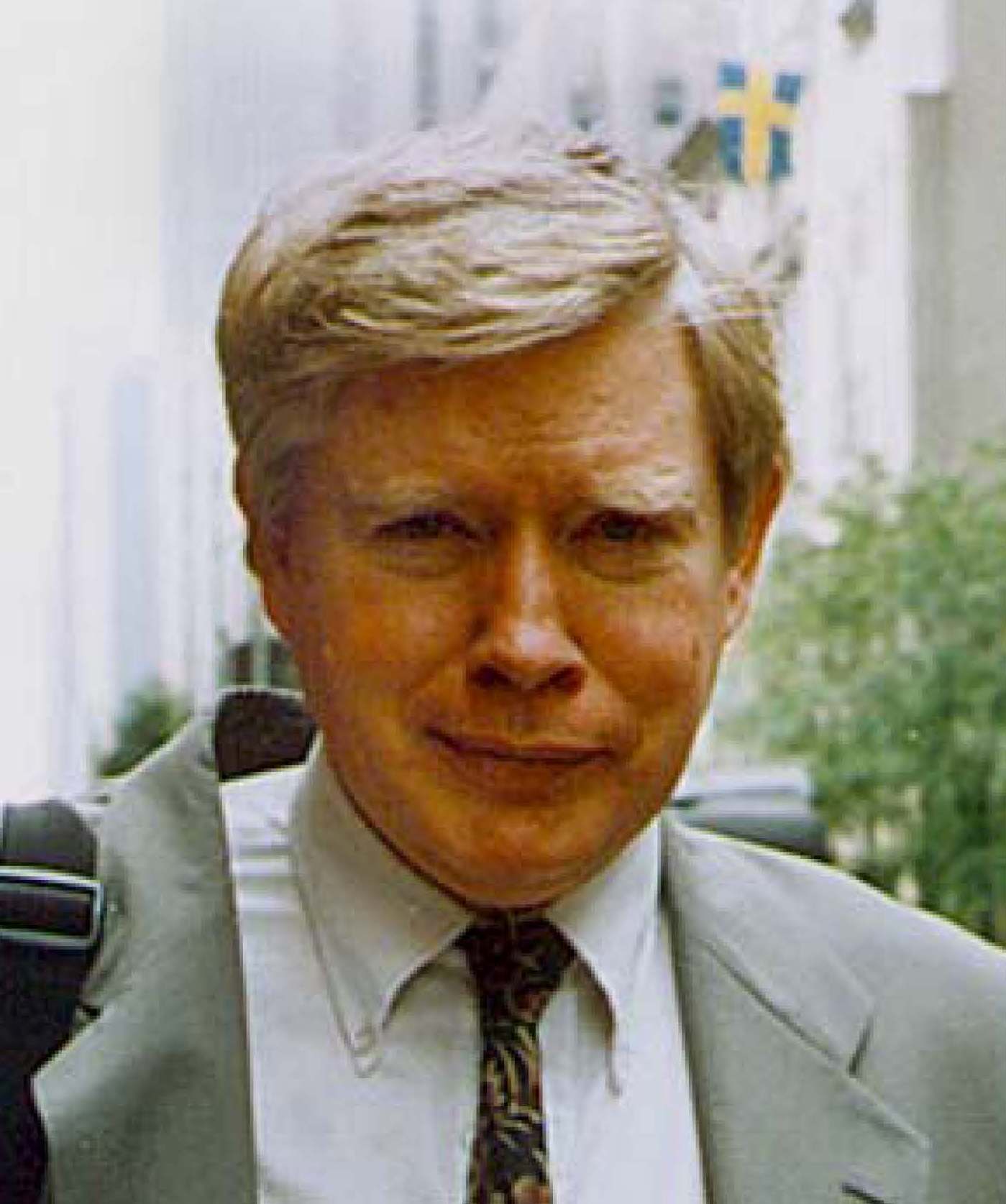Diamagnetism and Paramagnetism
Date: 2010-07-24 Time: 07:00 - 09:00 US/Pacific (1 decade 4 years ago)
America/Los Angeles: 2010-07-24 07:00 (DST)
America/New York: 2010-07-24 10:00 (DST)
America/Sao Paulo: 2010-07-24 11:00
Europe/London: 2010-07-24 14:00
Asia/Colombo: 2010-07-24 19:30
Australia/Sydney: 2010-07-25 01:00 (DST)
Where: Online Video Conference
This video conference used DimDim, now a private company.
The meeting can be replayed by clicking this link:
watch the meeting recording
Description
It is helpful first to explain magnetic moments of electrons and atoms in terms of electrostatic dipoles. The forces producing the velocities of electrons in orbit also produce radial charge polarization in the electrons; the proximity of the nucleus r meters away, inhibits the magnitude of the dipole in the orbiting electron. This is analagous to the inhibition of transverse dipoles as in the nuclei and free electrons of parallel current carrying wires. That is, there is a transverse force between nucleus and electron that inhibits the tendency of the orbiting negative charge inside the electron to become more elliptical. The dipole length increases as r increases. So the dipole in the orbiting electron of mass, m, in the ground orbit of hydrogen is erv/c, where mvr = h. This dipole then is equal to the Bohr magneton, eh/2mc, which is the unit in which the magnetic interaction of atoms with applied magnetic forces is usually expressed.



